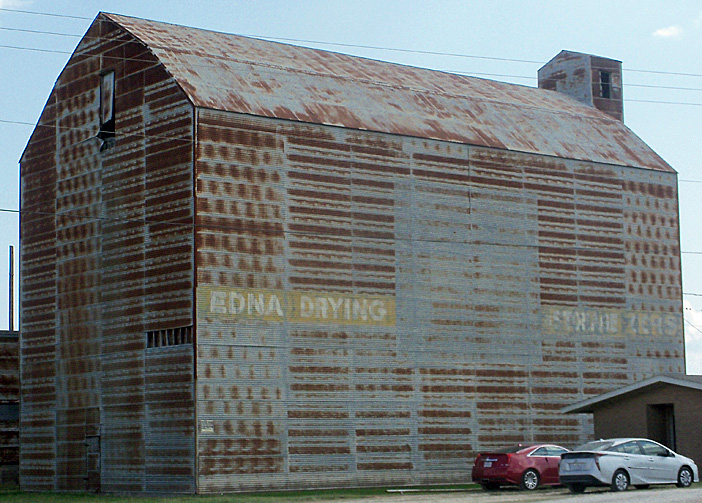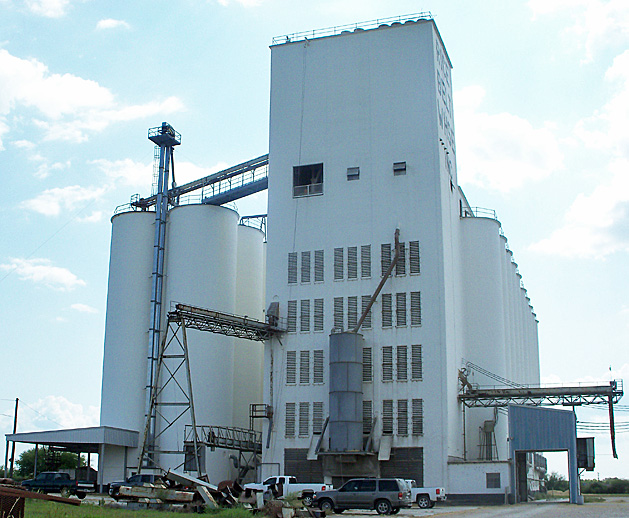

|
Rice Farming |
|
By T. N. Mauritz The first rice grown in Jackson County was in about 1901 and was on a seventy-five acre tract adjoining and just north of the town of Ganado. This field was watered by a well which had been dug to a depth of about seventy-five feet, and the power unit was a forty horse-power Fairbanks-Morse gasoline engine. In that water well, and as was the case for the next year or two, a six foot diameter, a wood-curbed pit was dug to a depth of about twenty-five or thirty-five feet, and at the bottom of the pit was placed a centrifugal pump which was driven by a belt extending up to the engine. The cost of operating these power units on high grade gasoline was expensive and gradually most of the Fairbanks-Morse engines were converted into crude oil operating units through the use of crude oil generators attached to the engines, and later a cheaper gasoline was again used. The well proposition was also gradually changed as Layne and Bowler, at that time of Houston, developed a pump which required no pit and this principle has continued and is used today. Some irrigating plants were erected on rivers and steam power was used there. These plants were later converted into gas fuel power units, and now most power units are either gas or diesel fuel operated. The rice acreage increased a little each year and in 1909 there was about 11,000 acres cultivated in rice in Jackson County, and this acreage was divided and produced in three areas: about 250 acres was cultivated in the Cordele area, about 750 acres cultivated in the Edna area west of the Navidad River, and about 10,000 acres was cultivated in the Ganado area. In recent years the growing of rice has become general over our entire county and for the year 1949 the acreage was about as follows: In the area east of the Navidad River and south of Sandy Creek 10,800 acres; in the area between the Navidad River and Sandy Creek 3,200 acres; and in the area west of the Navidad River 9,500 acres. Under the present government control program the rice acreage for 1950 is reduced about 20%. Until about six years ago the harvesting of rice was very expensive and required a great deal of manual labor; rice was cut with binders, shocked and then, after standing in the field for a period of time to reduce the moisture in the grain, was conveyed by many horse, mule or tractor-drawn vehicles to the thresher and then put in burlap sacks and finally hauled to warehouses for storage. During the last few years the harvesting process has changed entirely and now the manual labor problem has been reduced to a minimum and the rice is now practically all harvested by combines which cut and thresh the rice, which is then delivered in bulk to large capacity trucks which take it to drying plants where the moisture content is reduced, and where the rice is finally stored in bulk, this avoiding the use of sacks. In olden times when the rice was harvested it had to remain in shock until the moisture was reduced, but when cut by combines the moisture must be reduced by artificial means. The gross income to the producers of rice in Jackson County in 1949 was about two million six hundred thousand dollars ($2,600,000.00)
Edna Weekly Herald,
July 13, 1950 |
|
Rice Belt Warehouse, Inc. Edna, Texas |
 |
 |
 |
 |
 |